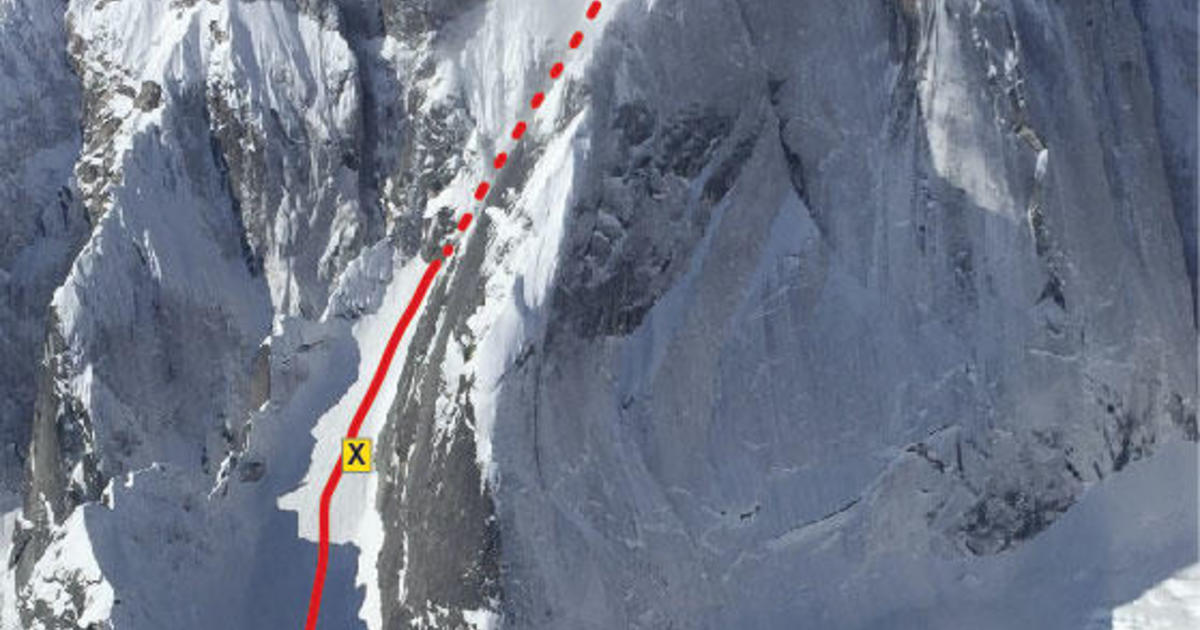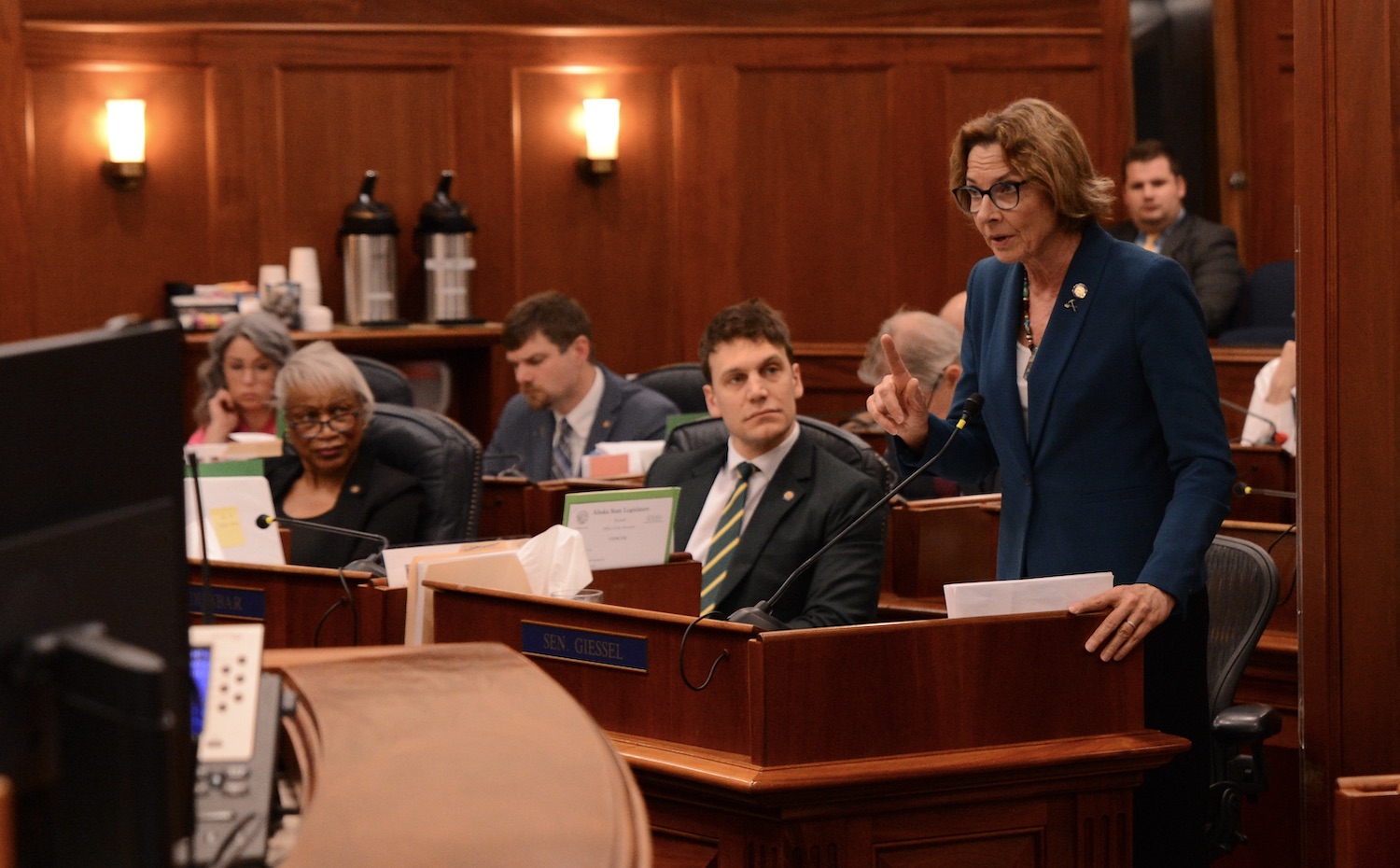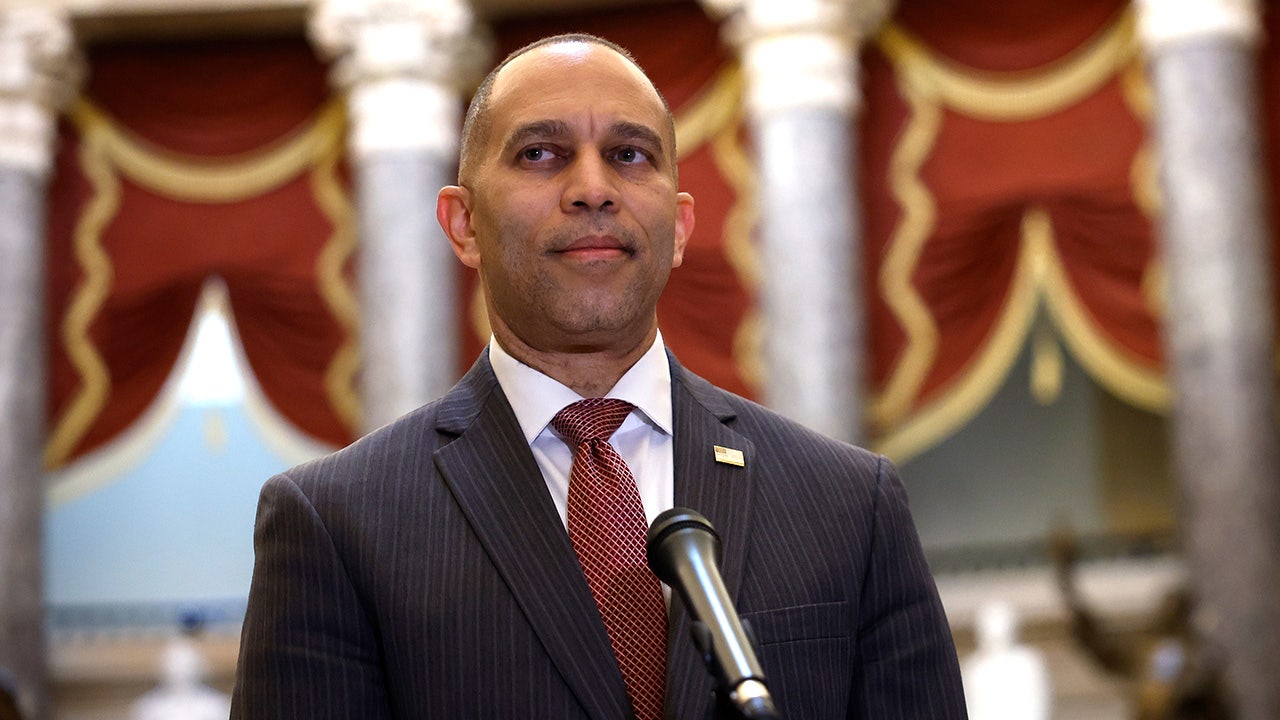The two largest credit rating firms issued positive reports for Alaska’s state government this spring, noting growing state budget reserves and progress on future North Slope oil projects.
S&P upgraded Alaska’s rating, while Moody’s revised the state’s rating outlook from stable to positive on April 30.
Credit ratings affect how much it costs the state government to borrow money and act as a thermometer for the health of state finances.
“It signals to the market that there’s economic activity and interest in the state,” said Adam Crum, commissioner of the state Department of Revenue.
Crum said after a previous credit rating improvement, an oil company told state officials their investors felt Alaska was a safer investment.
“We’ve heard for like 10 or 12 years, Alaska’s on the decline — we are a little bit, on the population side. But we’re starting to see a growth in the long-term picture of economic activity that we want the market to see,” Crum said. “And we want to get this like a snowball, and it gets bigger and bigger with more investment.”
The state’s credit ratings deteriorated between 2016 and 2020, then stabilized and are now improving.
In a credit opinion May 6, Moody’s Investor Services staff noted that Alaska’s Constitutional Budget Reserve grew over the past two years and the state expects it to grow modestly in the future, though it remains much smaller than it was a decade ago. The CBR is the state’s largest savings account, other than the Permanent Fund.
While the Moody’s report was largely positive, it pointed out some reasons for concern: While Alaska has kept draws from the Permanent Fund within the limit in state law, how those draws are divided between state operating expenses and Permanent Fund dividends remains unsettled.
And Alaska remains vulnerable to changes in the global oil market.
“While we may not want to implement new taxes or revenue streams, defining some of our large expenditures a little bit more clearly and a little bit more predictably are some of the things that can help us in the long term,” Crum said.
S&P upgraded Alaska to AA, its third-highest rating level, from AA-. Moody’s maintained Alaska at its fourth-highest rating level, Aa3, while changing the outlook from stable to positive.
Originally published by the Alaska Beacon, an independent, nonpartisan news organization that covers Alaska state government.








:quality(70)/cloudfront-us-east-1.images.arcpublishing.com/adn/LJ7MFWVFDNFMZOWCLIRZBOQ73Q.jpg)





















